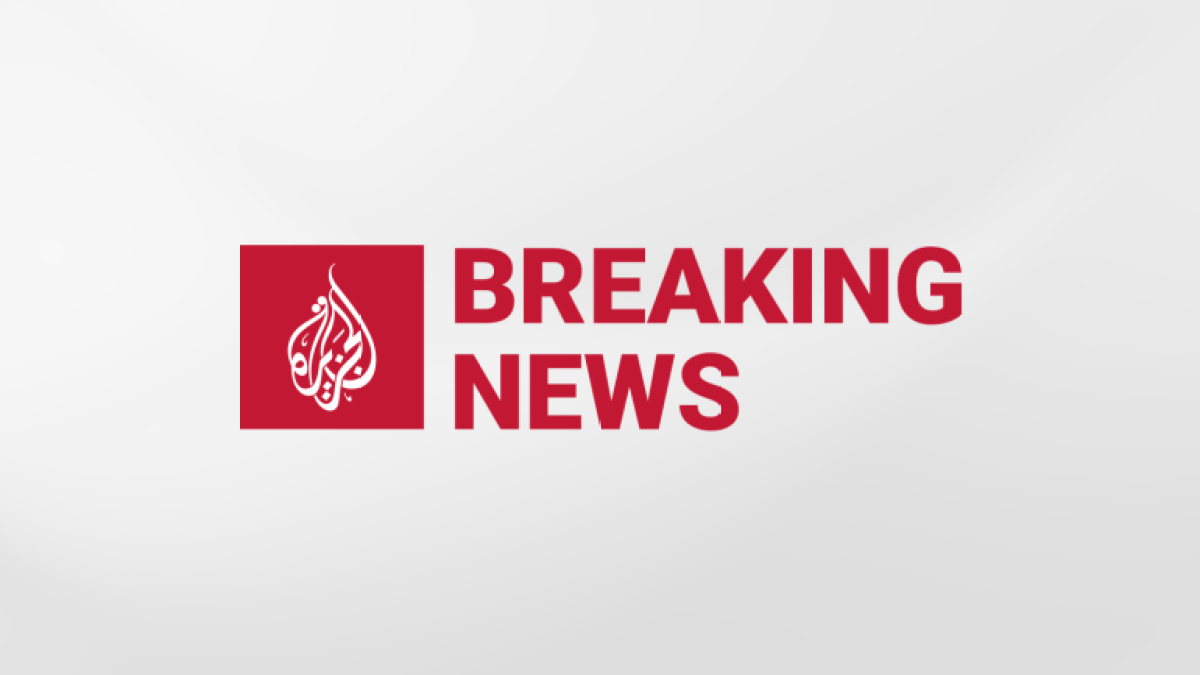Protest in Mexico inspired by Gen Z movement draws older gov’t critics | Protests News
Earlier in the week, some Gen Z social media influencers said they no longer backed the protests, while mainstream figures like former President Vicente Fox published messages of support.
Thousands of people in Mexico City have taken part in protests against growing crime, corruption and impunity, which, though organised by members of Generation Z, ended up being mostly backed and attended by older supporters of opposition parties.
Saturday’s march was attended by people from several age groups, with supporters of the recently killed Michoacan Mayor Carlos Manzo, attending the protest wearing the straw hats that symbolise his political movement.
Recommended Stories
list of 4 itemsend of list
Earlier in the week, some Gen Z social media influencers said they no longer backed Saturday’s protests, while mainstream figures like former President Vicente Fox and Mexican billionaire Ricardo Salinas Pliego published messages in support of the protests.
Mexican President Claudia Sheinbaum also accused right-wing parties of trying to infiltrate the Gen Z movement, and of using bots on social media to try to increase attendance.
In several Asian and African countries this year, members of the Gen Z demographic group have organised protests against inequality, democratic backsliding and corruption.
The largest Gen Z protests took place in Nepal in September, following a ban on social media, and led to former Prime Minister KP Sharma Oli’s resignation.
Madagascar also saw major protests that same month, initially driven by severe, prolonged water and electricity shortages that exposed wider government failures and corruption. The weeks of unrest led to the dissolution of the government, forcing President Andry Rajoelina to flee the country last month and regime change.
Saturday’s protests quickly turned violent, as “protesters accuse the federal government of repression”, reported Mexican news outlet El Universal.
Security forces fired tear gas and threw stones at protesters as they entered the perimeter of the National Palace, located in the city’s main square of Zocalo, El Universal reported.
“With their shields and stones, they [security forces] physically assaulted young people demonstrating in … Zocalo, who ended up injured and assisted by doctors who were also marching and ERUM [Emergency Rescue and Medical Emergencies Squadron] personnel,” said El Universal.
Police officers, after “chasing and beating protesters on the Zocalo plaza” for a few minutes, “forced people to leave the area and dispersed the last remaining protesters”, it added.
In Mexico, many young people say they are frustrated with systemic problems like corruption and impunity for violent crimes.
“We need more security,” said Andres Massa, a 29-year-old business consultant, who carried the pirate skull flag that has become a global symbol of Gen Z protests, told The Associated Press news agency.
Claudia Cruz, a 43-year-old physician who joined the protests, said she was marching for more funding for the public health system, and for better security because doctors “are also exposed to the insecurity gripping the country, where you can be murdered and nothing happens”.
President Sheinbaum still has high approval ratings despite a recent spate of high-profile murders, including that of Manzo.



